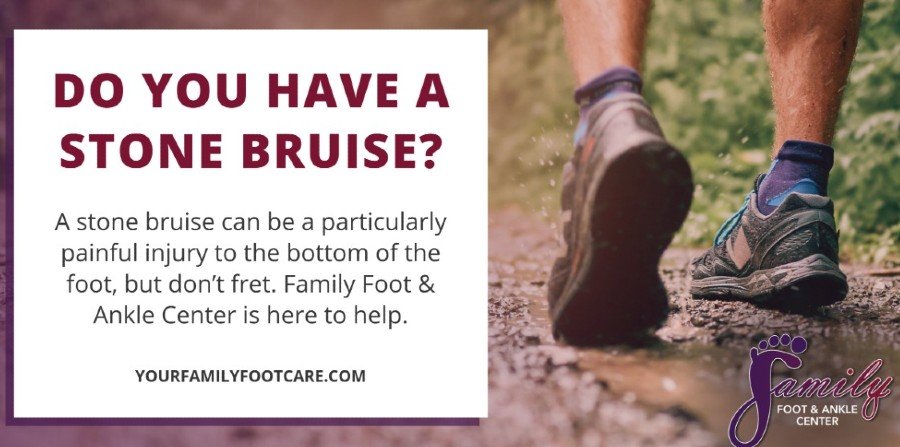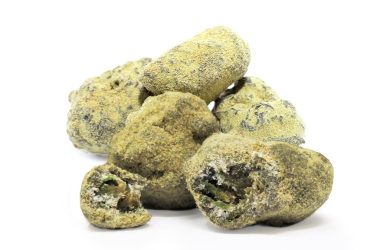When you’re hit with the discomfort of a stone bruise on the bottom of your foot, relief is just a few steps away. Elevate your foot, apply an ice pack, and gently massage the area to reduce swelling and pain. A stone bruise, caused by repetitive pressure or impact on your foot, can be quite bothersome but can be managed effectively with simple home remedies. Let’s dive into the best ways to treat a stone bruise on the bottom of your foot and get you back on your feet in no time.
How to Treat a Stone Bruise on the Bottom of Your Foot
So, you were walking barefoot or in thin shoes, and OUCH! You stepped on a sharp stone that left your foot throbbing with pain. Don’t worry; we’ve got you covered on how to treat that pesky stone bruise on the bottom of your foot. With a few simple steps, you’ll be back on your feet in no time!
Understanding Stone Bruises
Before we dive into treating a stone bruise, let’s understand what it is. A stone bruise occurs when you step on a hard object, like a rock or pebble, causing the tissues in your foot to become inflamed. This inflammation can lead to tenderness, swelling, and discomfort when you put weight on the affected foot.
Immediate First Aid
As soon as you realize you’ve developed a stone bruise, it’s essential to take immediate action to minimize pain and prevent further injury. Here’s what you should do:
1. Clean the Wound
First things first, wash the affected foot with mild soap and water to prevent any infection. Pat it dry gently with a clean towel.
2. Apply Ice Pack
Next, grab an ice pack or a bag of frozen vegetables wrapped in a thin cloth and apply it to the bruised area. The cold will help reduce swelling and numb the pain.
3. Elevate Your Foot
To reduce swelling even further, elevate your foot above heart level. This position helps drain excess fluid from the bruised area.
Home Remedies for Stone Bruises
Once you’ve provided immediate first aid, you can try some simple home remedies to speed up the healing process and alleviate discomfort:
1. Epsom Salt Soak
Fill a basin with warm water and add Epsom salt. Soak your foot for 15-20 minutes to help reduce inflammation and relieve pain.
2. Arnica Gel
Arnica gel is known for its anti-inflammatory properties. You can apply it to the bruised area several times a day to promote healing.
3. Turmeric Paste
Turmeric is a natural anti-inflammatory agent. Mix turmeric powder with a bit of water to create a paste, then apply it to the bruise and cover with a bandage. Leave it on for a few hours before rinsing off.
Foot Care Tips
While you’re treating your stone bruise, it’s important to take care of your feet to prevent future injuries. Here are some foot care tips to keep in mind:
1. Wear Supportive Shoes
Avoid walking barefoot on rough surfaces and opt for supportive shoes with cushioning to protect your feet.
2. Check Your Shoes Regularly
Inspect your shoes for any pebbles or debris before putting them on to avoid another painful encounter with a stone bruise.
3. Keep Your Feet Clean and Moisturized
Regularly wash and dry your feet to prevent infections, and use a moisturizer to keep your skin soft and healthy.
When to Seek Medical Help
While most stone bruises can be treated at home with the remedies mentioned above, there are situations where you should seek medical attention:
1. Severe Pain
If the pain persists and is intense even after following home treatments, it’s best to consult a healthcare provider.
2. Signs of Infection
If the bruised area becomes red, swollen, warm to the touch, and oozes pus, it may indicate an infection that requires medical treatment.
3. Difficulty Walking
If you find it challenging to put weight on the bruised foot or experience numbness or tingling, it’s time to see a doctor for a proper evaluation.
In Conclusion
Dealing with a stone bruise on the bottom of your foot can be painful, but with the right care and attention, you can heal quickly and get back on your feet in no time. Remember to clean the wound, apply ice, and try home remedies like Epsom salt soaks and arnica gel. Follow these foot care tips to prevent future injuries, and don’t hesitate to seek medical help if needed. Take care of your feet, and they’ll take care of you!
Stay safe, and happy healing!
Stone Bruises Unveiled: Causes, Symptoms, and Solutions
Frequently Asked Questions
How can I relieve pain from a stone bruise on the bottom of my foot?
To relieve pain from a stone bruise on the bottom of your foot, you can start by resting and elevating your foot to reduce swelling. Applying ice packs wrapped in a cloth for 15-20 minutes a few times a day can also help alleviate pain and inflammation. Over-the-counter pain relievers like ibuprofen or acetaminophen can be taken as needed for additional pain relief.
Is it recommended to apply heat to a stone bruise on the bottom of the foot?
No, applying heat is not recommended for a stone bruise as heat can increase inflammation and discomfort. It is best to stick to using ice packs to help reduce swelling and numb the affected area. Heat may worsen the symptoms and delay the healing process of the bruise.
Should I continue physical activities with a stone bruise on the bottom of my foot?
It is advisable to avoid strenuous physical activities that put pressure on the bruised area to prevent further irritation or damage. Resting the foot and allowing it to heal is crucial in the recovery process. You may consider using supportive footwear or padding to protect the bruised area if you need to walk or stand for short periods.
Final Thoughts
In conclusion, to treat a stone bruise on the bottom of your foot, start by cleaning the affected area with soap and water. Apply a cold compress to reduce swelling and alleviate pain. Elevate your foot and rest to promote healing. Remember to wear supportive footwear to prevent future injuries. Treat a stone bruise promptly for a speedy recovery.












